Interdental brushes: How do I use them correctly, who are they suitable for and what are the advantages and disadvantages?
Brushing your teeth thoroughly is part of your daily routine, but even the best toothbrush won’t reach every part of your mouth.
The narrow spaces between the teeth in particular, where plaque and food debris can accumulate, often remain untouched. This is where interdental brushes come into play – little helpers that have a big effect.
In this article, you’ll learn everything you need to know about interdental brushes: Why they’re important, how to choose the right size and how to effectively integrate them into your routine.
| Get 150 € discount on your dental correction! |

Book a consultation appointment now at a nearby DrSmile partner practice and find out if teeth straightening with aligners is right for you.
The appointment is completely non-binding and does not involve any costs.
With the code “THATSMILE150” you will receive 150 € discount on the treatment.
What are interdental brushes?
Interdental brushes are small cleaning brushes that have been specially developed for the spaces between the teeth – i.e. precisely for the areas that are often difficult or impossible to reach with a conventional toothbrush.
They usually consist of a thin wire core surrounded by fine, flexible bristles. These bristles are designed to effectively remove plaque, food debris and bacteria without irritating the gums.
The brushes are available in different shapes and sizes to suit the different interdental spaces.
While some models are particularly narrow and flexible to fit into narrow gaps, other, larger versions are ideal for wider spaces or for cleaning around braces, implants or bridges.
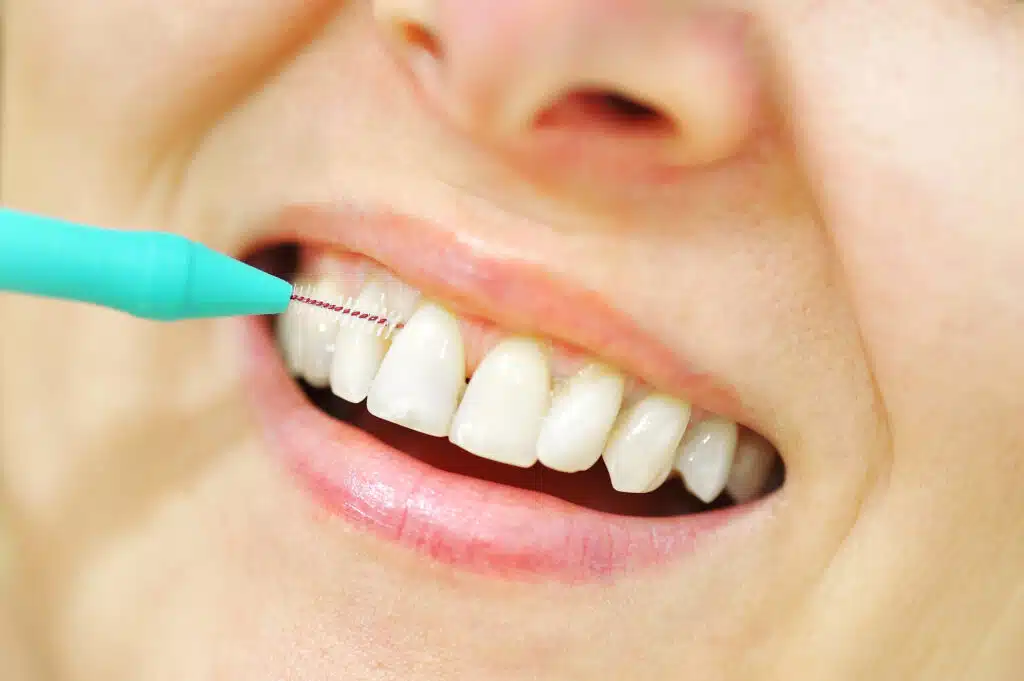
Further advantages of interdental brushes
Another advantage of interdental brushes is their ease of use. Thanks to the usually ergonomic handle, you can guide them precisely and clean the interdental spaces without having to exert a lot of pressure.
There are also models with protective caps that are hygienic and space-saving for on the go.
In addition to mechanical cleaning, many interdental brushes also help to improve blood flow to the gums, which promotes general oral health.
They are suitable for people with natural teeth as well as those with dentures or orthodontic appliances.
Why should you use interdental brushes?
- Better cleaning than dental floss:
Compared to dental floss, interdental brushes can be more effective as they cover larger areas and are easier to use. - Preventing tooth decay and gum disease:
Bacteria that can cause plaque and gum inflammation collect in the spaces between teeth. You can reliably remove these deposits with interdental brushes. - Suitable for bridges, implants and braces:
Interdental brushes are an indispensable aid for cleaning hard-to-reach areas, especially in special dental situations such as bridges or braces.
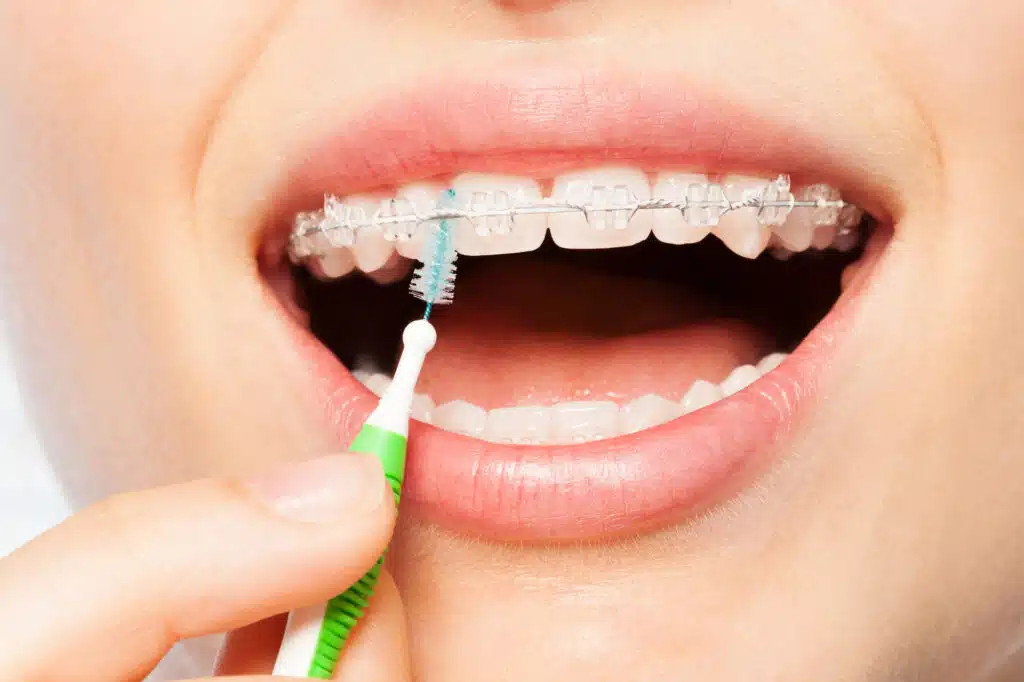
How do you choose the right size?
Choosing the right brush size is crucial for effective cleaning. The brush should fit well in the interdental space without you having to push it through with force.
Many manufacturers offer sets with different sizes so that you can find the perfect brush for your needs.
Tip: Seek advice from your dentist or pharmacy to determine the ideal size for your interdental spaces.
| Get 150 € discount on your dental correction! |

Book a consultation appointment now at a nearby DrSmile partner practice and find out if teeth straightening with aligners is right for you.
The appointment is completely non-binding and does not involve any costs.
With the code “THATSMILE150” you will receive 150 € discount on the treatment.
How do you use interdental brushes correctly?
- Preparation:
Ideally, use the brushes once a day, preferably in the evening after brushing your teeth. - Threading:
Carefully place the brush in the interdental space and guide it straight through. Avoid jerky movements so as not to injure the gums. - Cleaning:
Move the brush back and forth a few times to thoroughly remove plaque and food residue. Make sure to clean all spaces in between. - Cleaning the brush:
Rinse the brush thoroughly under running water after each use. Replace it regularly as soon as the bristles become worn.
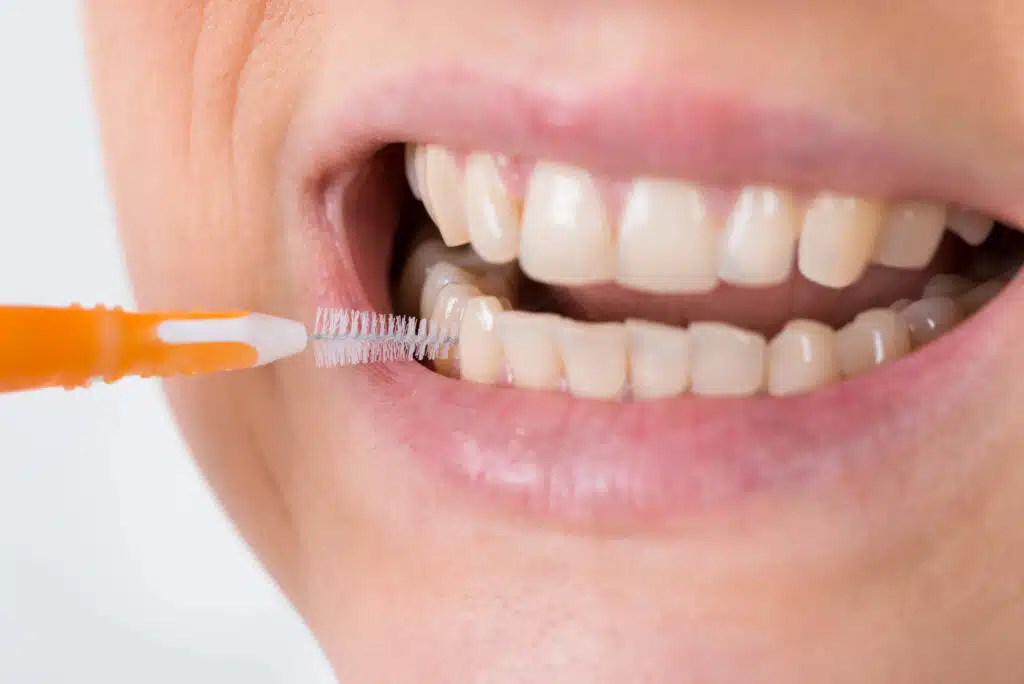
Interdental brushes or dental floss – which is better?
Whether you are better off using interdental brushes or dental floss depends on your individual needs and the condition of your teeth.
Interdental brushes are particularly suitable for people with larger interdental spaces, as they can clean them more effectively than dental floss.
Interdental brushes are also often the better choice for wearers of braces, bridges or implants, as they make cleaning around the structures easier.
Dental floss, on the other hand, is ideal for very narrow interdental spaces where even the smallest interdental brush will not fit.
It is compact, easy to take with you and is a good addition to the interdental brush if not all areas can be reached with it.
In practice, interdental brushes are often easier to handle, especially for those who have difficulty with dexterity when using dental floss.
Dental floss requires some practice, while interdental brushes can be used more intuitively.
The optimal solution could be a combination of both tools: Use interdental brushes for the larger spaces and dental floss for the particularly narrow areas.
This way, you cover your entire oral hygiene thoroughly and effectively reduce the risk of tooth decay and gingivitis. It is important that you choose a tool that you can use comfortably and regularly – consistency is the key to healthy teeth!
| Get 150 € discount on your dental correction! |

Book a consultation appointment now at a nearby DrSmile partner practice and find out if teeth straightening with aligners is right for you.
The appointment is completely non-binding and does not involve any costs.
With the code “THATSMILE150” you will receive 150 € discount on the treatment.
Frequently asked questions about interdental brushes
Finally, we answer a few of the most frequently asked questions about interdental brushes.
Why should I use interdental brushes?
Interdental brushes help to thoroughly clean the spaces between teeth – areas that are difficult to reach with a normal toothbrush. They effectively remove plaque and food debris, which significantly reduces the risk of tooth decay and gingivitis.
How often should I use interdental brushes?
Ideally, you should use interdental brushes once a day, preferably in the evening after brushing your teeth. This ensures that your interdental spaces remain clean and plaque has no chance of settling.
How do I find the right size of interdental brush?
The right size depends on the width of your interdental spaces. The brush should glide easily through the space between your teeth without exerting pressure, but still clean the entire surface. A combination of different sizes is often necessary, as the distances can vary.
Can interdental brushes injure my gums?
With the right size and application, use should be painless and gentle. The gums may be a little sensitive at first, but this will subside after a few days. If you feel pain, check the size of the brush or your technique.
Are interdental brushes better than dental floss?
This depends on your individual needs. Interdental brushes often clean larger interdental spaces more effectively and are easier to handle. Dental floss, on the other hand, is more suitable for very narrow spaces. A combination of both can be ideal.
Can I use interdental brushes with braces or implants?
Yes, interdental brushes are particularly suitable for cleaning around braces, bridges or implants. In this case, choose smaller, flexible brushes that can also reach hard-to-reach areas.
How often should I change the interdental brush?
Replace the brush as soon as the bristles are worn or the wire is bent. With daily use, most interdental brushes last for about a week to several weeks.
Do I need a special toothpaste for using interdental brushes?
No, interdental brushes can be used without toothpaste. However, if you want to use toothpaste, choose one that contains few abrasives so as not to stress the enamel unnecessarily.
Can I clean interdental brushes with water?
Yes, rinse the brushes thoroughly under running water after each use to remove any residue. Allow them to air dry afterwards to ensure hygiene.
Are interdental brushes suitable for children?
Interdental brushes can also be useful for children, especially when the spaces between the teeth are already narrowing. Make sure you use child-friendly sizes and help the little ones to use them at the beginning to avoid injuries.
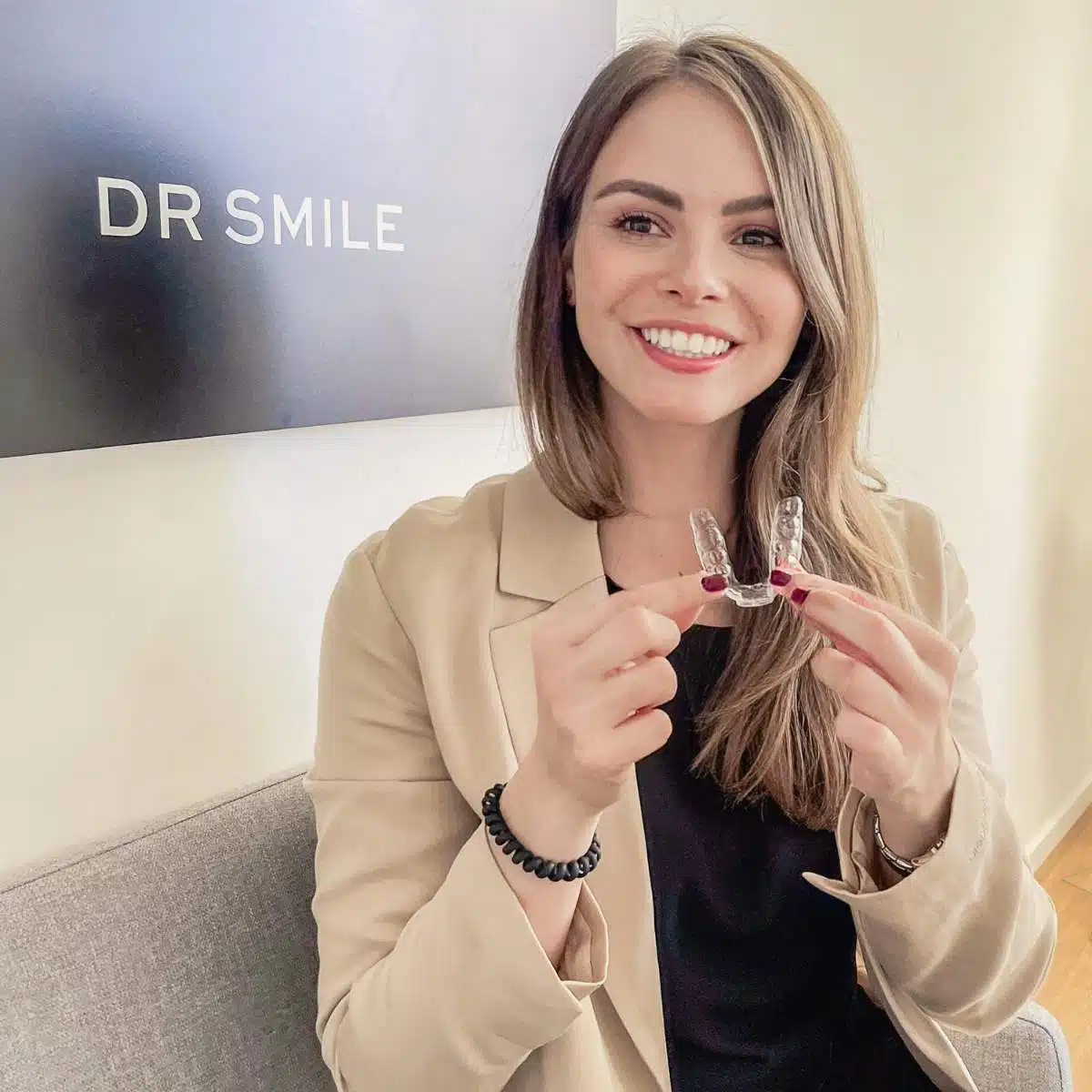
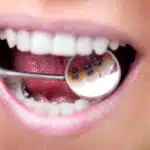

Leave a Reply